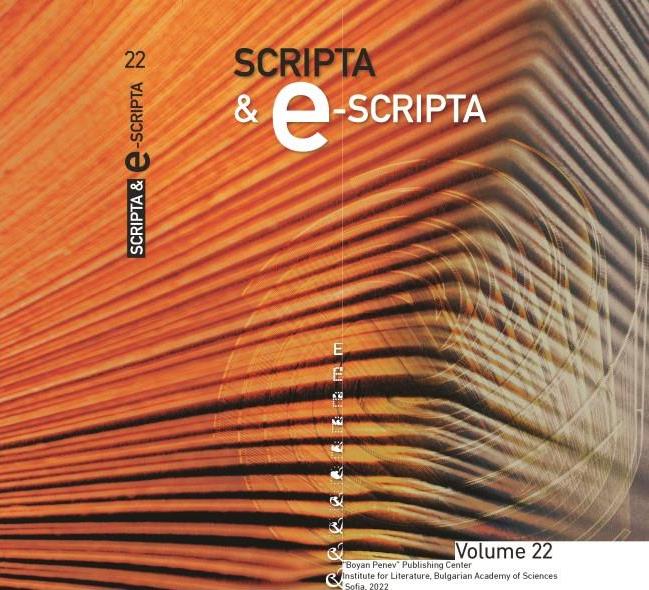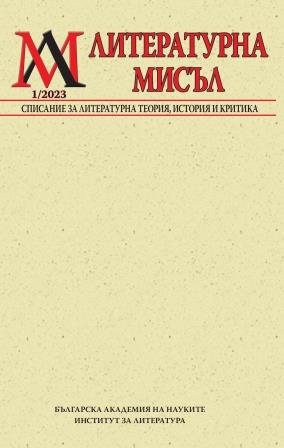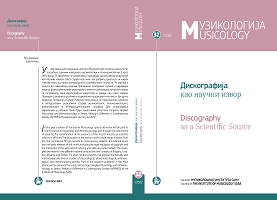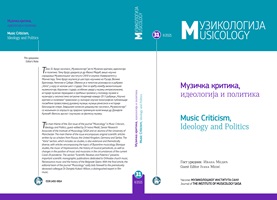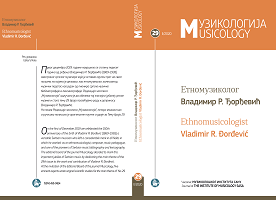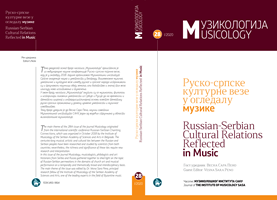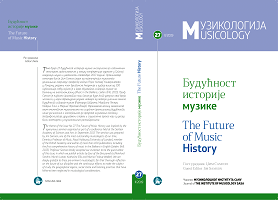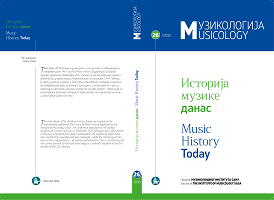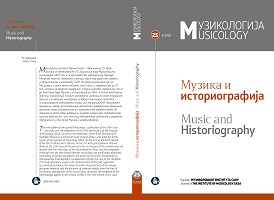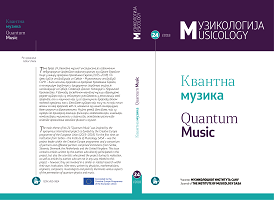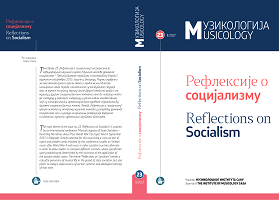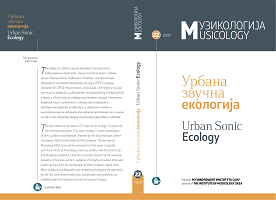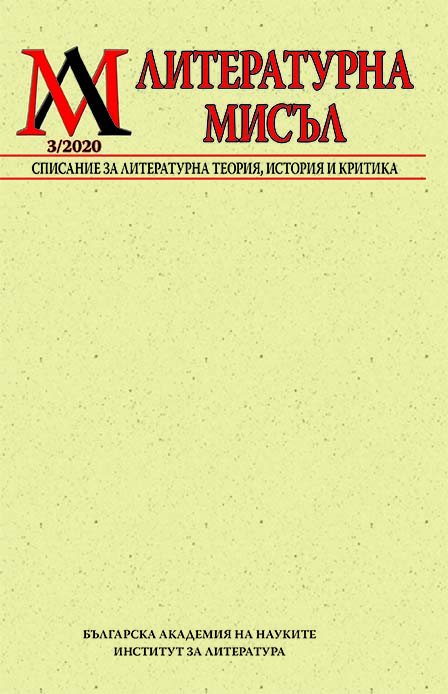
Николай Райнов – Рабиндранат Тагор: диалози
The subject of this article is the connection between Nikolai Raynov and Rabindranath Tagore, which so far has not been a particular object of literary study. It is based on the fact that Raynov was one of the first translators and interpreters of Tagore in Bulgarian. The attempt to outline possible „silent dialogues“ between the two related artists is part of the great East-West dialogue in the first half of the twentieth century and the perception of Eastern philosophy as a corrective to that of the West after World War One (WWI). There is also a thesis about Tagore's possible influence on Raynov's style after the First World War.
More...
